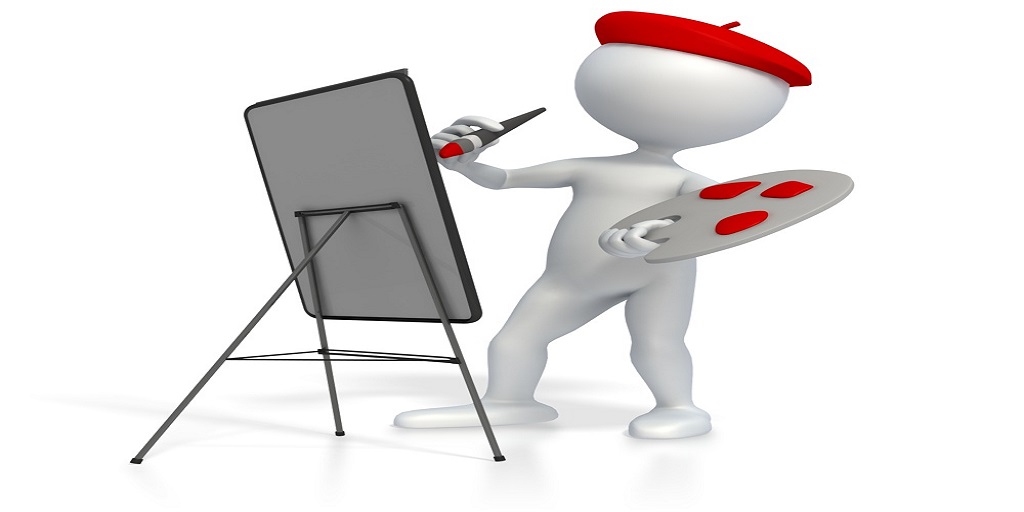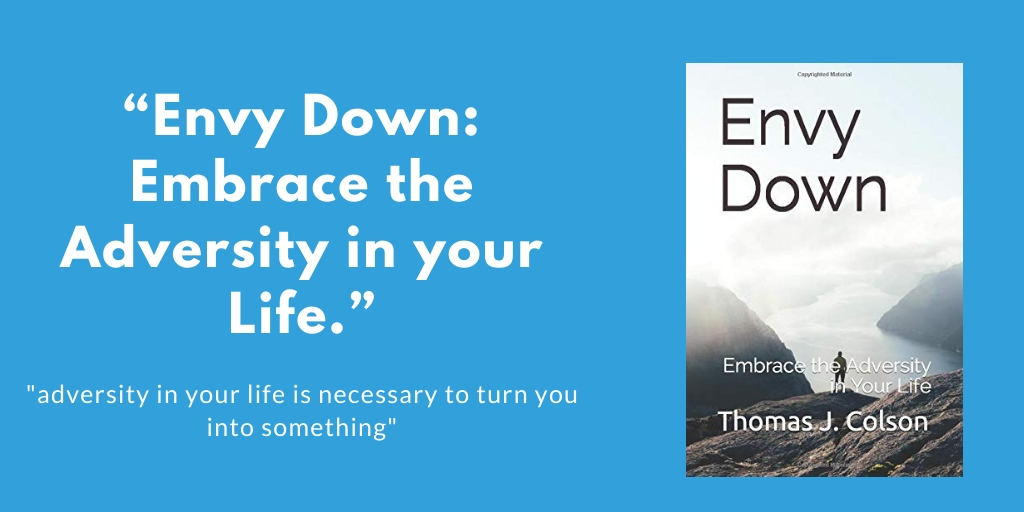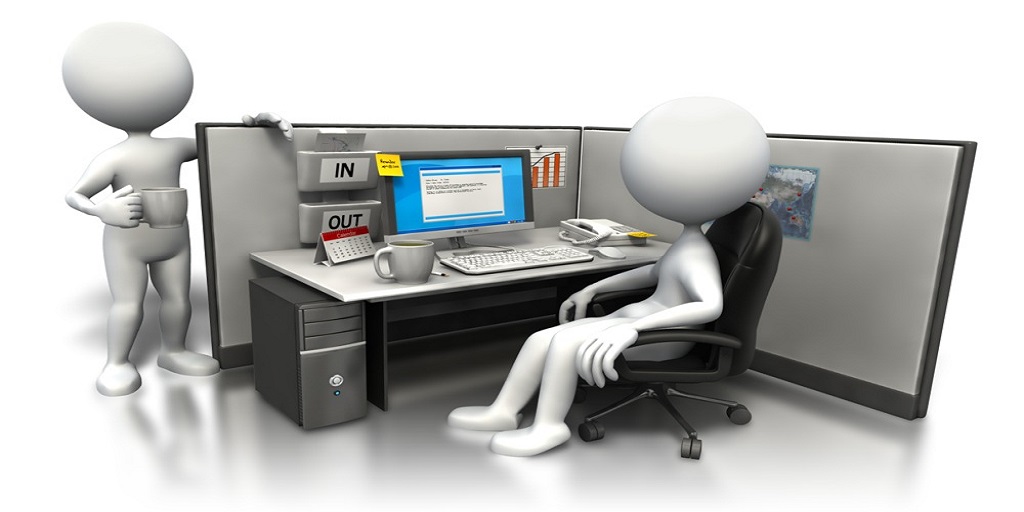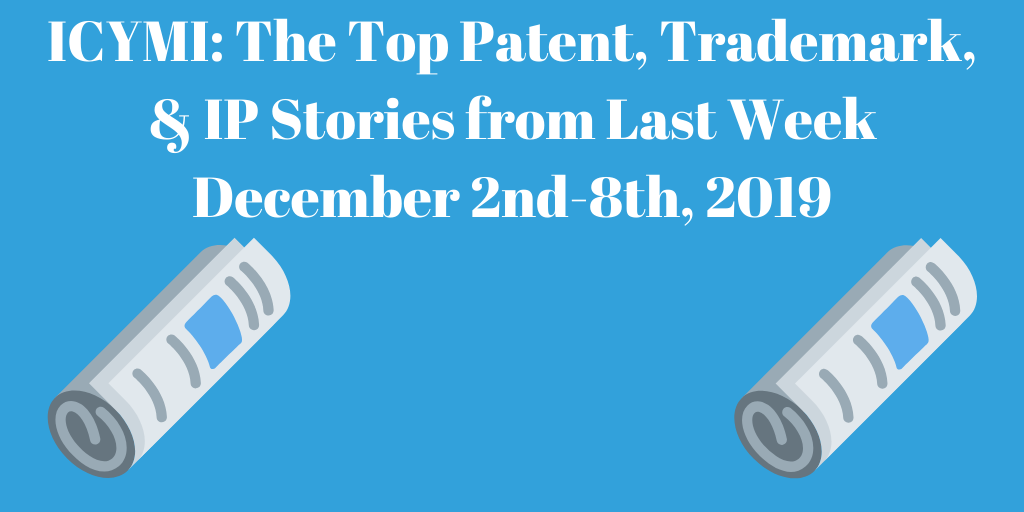Do You Think It Was Fair Use?
We’ve all seen art at least once in our lives. Whether it’s at an art museum or whether it’s in a book, art is abundant and all around. But did you know that art can be copyrighted? Even if it’s a single painting, it can still be copyrighted under federal law. Paintings and other forms of art can possibly qualify under Title 17 of the United States Code as either pictorial, graphic, and or sculptural works. Copyright protection gives the copyright holder the exclusive rights to do certain things such as:
- to reproduce the copyrighted work in copies or phonorecords;
- to prepare derivative works based upon the copyrighted work;
- distribute copies or phonorecords of the copyrighted work to the public by sale or other transfer of ownership, or by rental, lease, or lending; and
- display the copyrighted work publicly.
But an there’s an exception to the exclusive rights, which is fair use.
Fair use is when copying or reproduction of a copyrighted work is not found as infringement even though it is technically infringement. There are generally 4 factors that are used to asses whether there is fair use. These factors are
- The purpose and character of the use
- The nature of the work
- Amount and substantiality copied
- The effect on the market
Let’s take a look of some the cases where courts have found fair use or found that there wasn’t any fair use.
Artwork
Rogers v. Koons was a case that involved a portrait taken by Rogers. In the portrait was a picture of married couple holding 8 puppies on a bench. Koons, who was as sculptor, made a sculpture based on the portrait. The court found that there was no fair use and that the sculpture is copyright infringement.
Click here to see the portrait and the sculpture.
Compare the portrait and the sculpture. Do you think the sculpture is copyright infringement?
Copyright infringement and fair use applies to more than just art work.
Copyright and fair use can apply to things like music and songs.
Fair Use for songs
Campbell v. Acuff-Rose Music is a case involving the song “Oh Pretty Woman” by Roy Orbinson. The copyrighted work is the “Oh Pretty Woman” song, in which 2 Live Crew made a parody of the famous song. The case went all the way up to the Supreme Court who held that the parody of “Oh Pretty Woman” was fair use.Click on the links to compare the lyrics of the “Oh Pretty Woman” song and the 2 live Crew parody, “Pretty Woman.”
If you’re not familiar with fair use, click here to read an article on fair use.
Why is fair use important?
The purpose of copyright is to advance the sciences and the arts. So how does fair use contribute to that? Copyrights protection can last a lifetime. Literally. Copyright protection for a work of authorship lasts for the life of the author plus another 70 years. Since the author has the exclusive rights to the copyrighted work, the public generally can’t use the work without authorization. But if people can make transformative versions of the copyrighted work and thereby add new types of works overall, then the purpose of copyright is served and the sciences and the arts are advanced.
Fair use is not always an easy standard to satisfy
Congress did not intend for copyright protection to be easily circumvented. Although there are mixed results as to what counts as fair use, the four factors generally remain the same. Each factor can potentially present an obstacle.
What are your thoughts on fair use? Leave a comment below to let us know what you think!
Interested in more intellectual property? Here’s a video!
SIGN UP TODAY!
Does this article interest you? Subscribe to the LoTempio Law email newsletter to receive posts and updates just like this conveniently in your email box!
If you’ve enjoyed this blog post, we have lots more where this came from, including an Inventors Guide Video Series where we help you turn your good idea into a profitable invention, and tons of other great content. Simply enter your email address and hit sign up and you’ll get everything, including blog posts like these, conveniently in your email box!
Have any questions? Give us a call at 1-800-866-0039. Consultations are FREE.
Disclaimer: This article is not legal advice. It is only for educational or entertainment purposes only. Please do not use the article or contents of the article without permission. For legal advice and questions, please contact registered Patent Attorney Vincent LoTempio.




